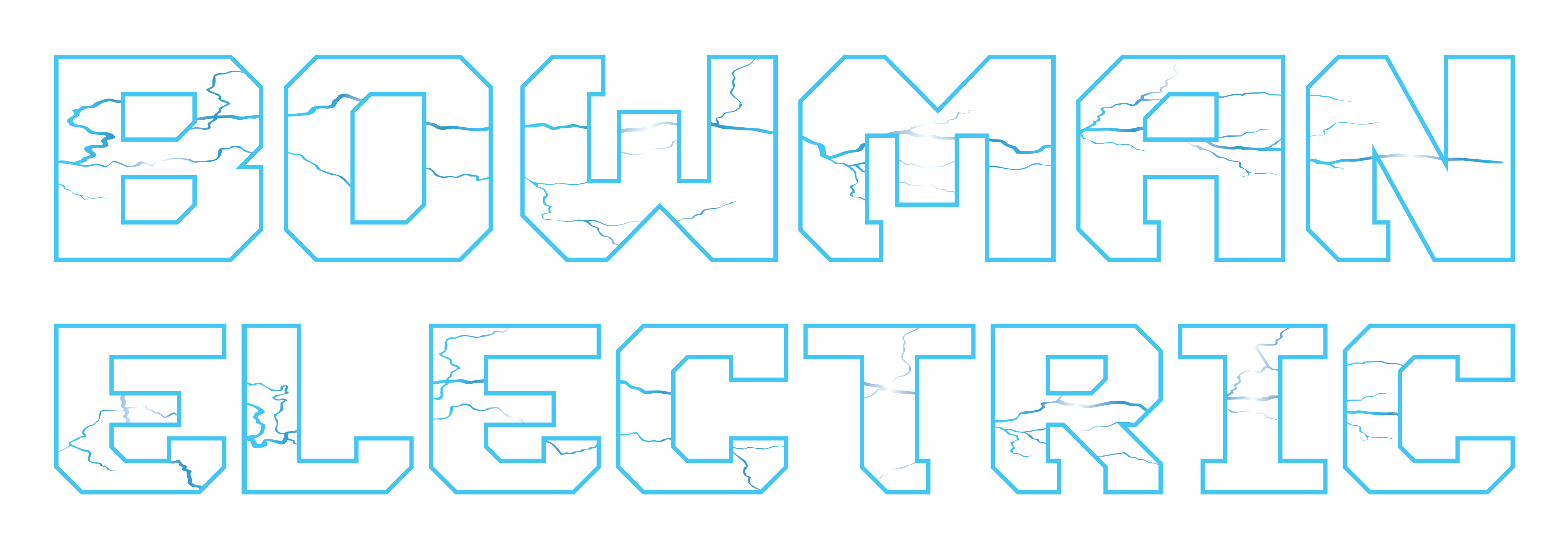
Your home's electrical system is like a well-oiled machine, designed to handle a specific amount of electricity—this is known as the electrical load. Just as an engine can overheat when pushed beyond its limits, your home's electrical system can become overloaded when too many high-wattage devices are used simultaneously. This can lead to circuit breakers tripping or, in more severe cases, dangerous electrical fires.
What is Electrical Load?
Electrical load refers to the total amount of electricity that your home's circuits can safely carry. This is measured in amperes (amps), and the capacity is determined by the size of your electrical service panel, commonly rated at 100, 150, or 200 amps. The electrical load includes all the appliances, devices, and lighting in your home that consume power.
Why Overloading is a Risk
Overloading occurs when the demand for electricity exceeds the capacity of the system. For instance, running a high-powered hairdryer, microwave, and air conditioner simultaneously on the same circuit can easily surpass the limit. When this happens, circuit breakers are designed to trip, cutting off the power supply to prevent overheating and potential fires. While tripped breakers are a safety feature, frequent occurrences can indicate a need for an electrical system upgrade.
Preventing Overloads
To avoid overloading your electrical system, it's essential to be mindful of your home's electrical load. Here are a few tips:
Stagger High-Wattage Devices: Avoid using multiple high-wattage appliances at the same time. For example, if you're running the oven, consider waiting to use the washing machine.
Understand Circuit Limits: Know which appliances and devices are on the same circuit. This knowledge can help you distribute usage more evenly across your home's electrical system.
Upgrade When Necessary: If you're frequently experiencing tripped breakers, it might be time to upgrade your electrical service panel or add additional circuits. This is especially important if you're adding new high-wattage appliances or planning renovations.
Regular Inspections: Regularly check your electrical system for signs of wear or damage. Frayed wires, discolored outlets, and frequent breaker trips are all indicators that it's time for a professional inspection.
Install Surge Protectors: Protect your home from power surges by using surge protectors. These devices can prevent damage to your electronics and reduce the risk of electrical fires.
The Importance of Professional Guidance
While it's beneficial to understand the basics of your home's electrical load, it's crucial to consult with a licensed electrician for any concerns or upgrades. A professional can assess your system's capacity, recommend improvements, and ensure all work complies with safety standards.
At Bowman Electric, we prioritize your home's safety and efficiency. Our team of experts is here to help you understand and manage your electrical load, providing solutions tailored to your needs. Whether it's a simple inspection or a major upgrade, we're committed to ensuring your home's electrical system operates smoothly and safely.
Understanding your home's electrical load is vital for maintaining a safe and efficient household. By taking proactive steps to manage your electrical usage, you can prevent overloading, protect your home, and enjoy peace of mind. Remember, when it comes to electrical safety, an ounce of prevention is worth a pound of cure.
For more information or to schedule an inspection, contact Bowman Electric today. Let us help you keep your home safe and your electrical system running efficiently!

